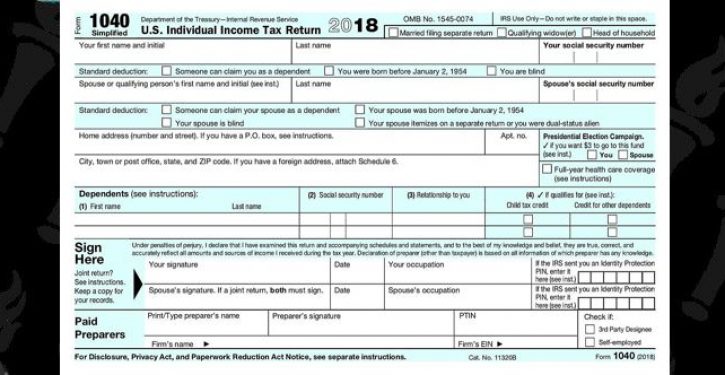
Progressive politicians have proposed many trillions of dollars in new federal spending. That includes the Green New Deal (which a think-tank estimates would cost $90 trillion, four times the size of our economy), reparations (which The New York Times says could “cost several trillion dollars”), and student loan plans that would cost hundreds of billions of dollars. That is in addition to plans by leaders of the progressive House of Representatives to raise federal spending by $350 billion above budget caps, at a time when the federal budget deficit is already over a trillion dollars.
If even a small fraction of this proposed spending becomes a reality, government spending will consume a larger share of the economy in the United States than it does in most European countries. That is bad news for middle-class taxpayers, because European-style welfare states are so costly that they require hefty taxes on the middle class — not just the wealthy — to pay for them.
Indeed, European countries rely heavily on regressive sales and consumption taxes paid by middle-class people, to finance government spending, notes James A. Bacon at Bacon’s Rebellion. He provides a graphic showing how much more burdensome to middle-class people taxes are in Europe compared to the U.S., where taxes are paid disproportionately by the wealthiest people. And he observes:
Will this presidential election be the most important in American history?
A reminder to all you Bernie Bros out there who think that the U.S. federal/state/local tax system is stacked far more in favor of the rich than in the social democracies in Europe. This graphic based on data from the Organization of Economic Cooperation and Development (OECD) … shows that the U.S. relies much more upon individual income taxes and property taxes (thus taxing income and assets) than other nations with advanced economies. Other countries rely more heavily on regressive social insurance taxes and consumption taxes. The Europeans have figured out that they can crank up the income taxes only so high on the wealthy before they pack up and move. Instead they tax consumption.
Due partly to Europe’s Value Added Tax (which increases the price of goods and services), it costs much more for middle-class people to pay for basic necessities in Europe. As a result, middle-class people in Europe often have fewer possessions and less living space than many Americans below the poverty line. Living standards are already far more equal in the U.S. than in most European countries. Most Americans below the poverty line live better than the average Western European and possess things — like air conditioners, cable TV, and dryers — that many Europeans lack. Moreover, more than 40% of Americans below the poverty line own their own homes, typically, a “three-bedroom house with one-and-a-half baths, a garage, and a porch or patio.” Poor people live much worse in Europe. As the Heritage Foundation observed in 2007:
The typical poor American has more living space than the average individual living in Paris, London, Vienna, Athens and other European cities. (These comparisons are to the average citizens in foreign countries, not to those classified as poor.)
My wife, who is from a working-class French family, had to share a home less than half the size of our current house with seven or more relatives, and didn’t even have a bed — just a mattress on the floor — for part of her childhood. She certainly didn’t have a room of her own.
Many Americans classified as poor by the federal government have a higher living standard than past generations of Americans. For example, by 2008, 97% of “poor” households possessed a color TV.
Unlike other countries, the U.S. ignores many government benefits received by people in determining whether they fall below the poverty line. Food stamps, earned-income tax credits, and other forms of welfare are ignored by the government in classifying people as impoverished. As a Robert Rector, an analyst at The Heritage Foundation, pointed out during the Obama administration:
Overall, the typical American defined as poor by the government has a car, air conditioning, a refrigerator, a stove, a clothes washer and dryer, and a microwave. He has two color televisions, cable or satellite TV reception, a VCR or DVD player, and a stereo. He is able to obtain medical care. His home is in good repair and is not overcrowded. By his own report, his family is not hungry and he had sufficient funds in the past year to meet his family’s essential needs. While this individual’s life is not opulent, it is equally far from the popular images of dire poverty conveyed by the press, liberal activists, and politicians.




